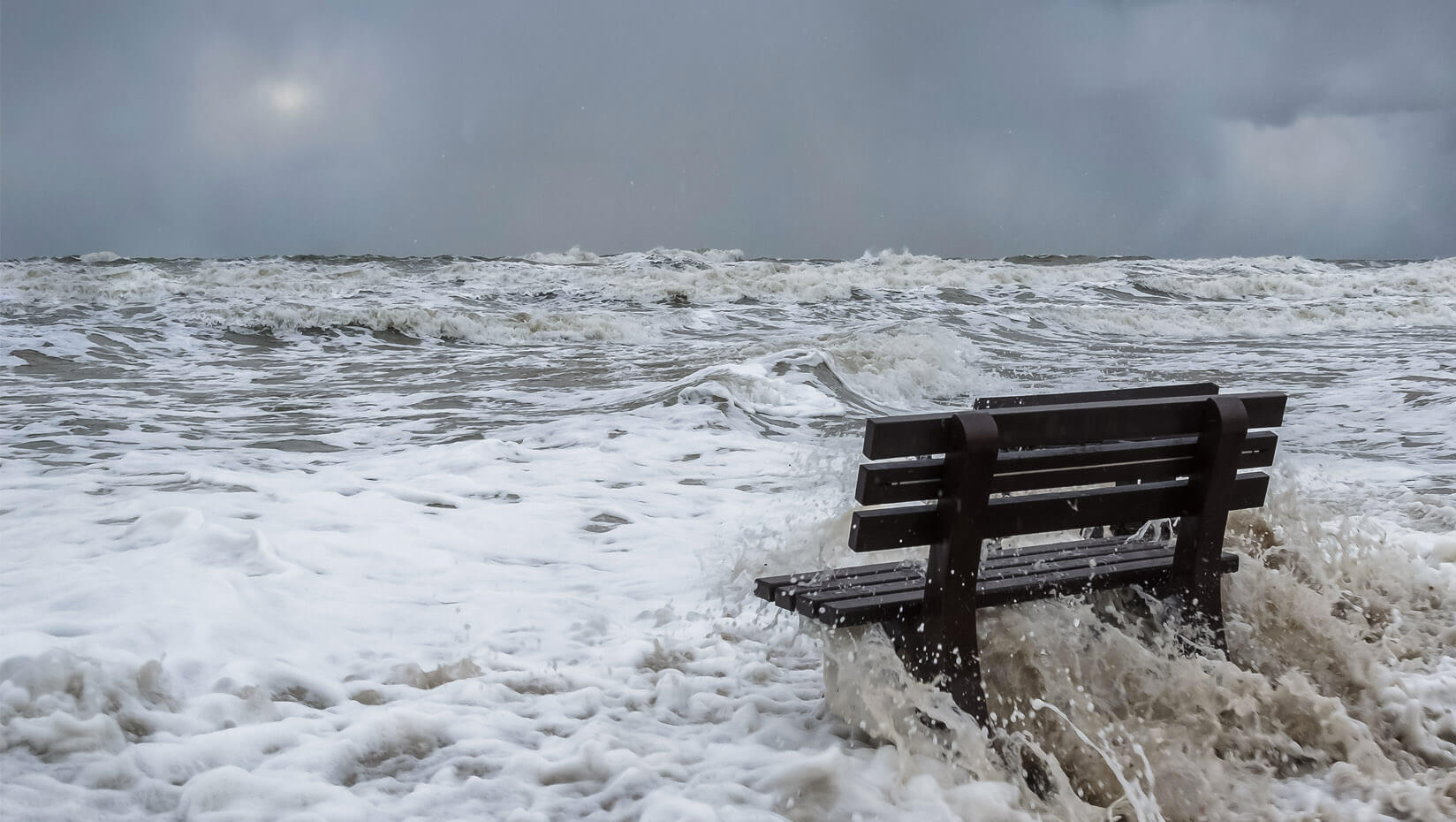With St. Amand’s matrix, town planners can ID at-risk archaeological sites

As sea-level rise, extreme weather events and storm surge become more frequent and severe along the Maine coast, people who live there will move inland.
Globally, weather-related hazards accounted for more than 230 million displacements from 2008 to 2018, according to the Internal Displacement Monitoring Center. In 2018 alone, 1.2 million people in the United States were displaced from natural disasters.
If urgent, unplanned climate-driven migration overwhelms Maine state and local protections, Frankie St. Amand says archeological sites that contain cultural and environmental archives could be destroyed.
“It is common that development in Maine, like elsewhere in the United States, occurs on unceded or stolen indigenous land,” says St. Amand, a University of Maine Interdisciplinary Ph.D. student.
“The destruction of sacred cultural and archaeological sites is a continuation of the violence of colonization. My aim in developing the framework in this pilot study is to help identify these important cultural sites so they may be prioritized and preserved for future generations.”
St. Amand developed a trial risk-assessment matrix to identify southern Maine municipalities in the Casco Bay area that are likely to experience rapid increases in population and infrastructure development related to climate-driven resettlement.
She found that sites containing artifacts of pre-European, Native American life in Scarborough, Saco, Portland and South Portland are at high moderate risk.
These four communities share four factors which put them in the high moderate risk category — they’re along the Maine Turnpike and are likely to experience increases in population, housing and asphalt parking lots and roads due to people moving because of climate-related factors.
Windham and Westbrook are in the moderate risk category.
St. Amand’s matrix — which includes socioeconomic and demographic data, land cover change analyses and archaeological records — allows state and municipal planners to identify and prioritize the most threatened archaeological sites during this century.
“Archaeologists must work with climate scientists, urban planners, communities, and government officials to identify and protect archaeological sites and to increase stewardship of our cultural heritage, in Maine, and in coastal zones throughout the United States and elsewhere,” wrote St. Amand, who’s from Deer Isle, Maine.
Natural Hazards published St. Amand’s study titled “Climate‑driven migration: prioritizing cultural resources threatened by secondary impacts of climate change” in its May issue. Her advisers, Daniel Sandweiss and Alice Kelley, are co-authors.
While the framework is the product of a regionally specific pilot study, St. Amand says that with modifications it would be applicable to counties and states nationwide.
In 2017, St. Amand was awarded a National Science Foundation Graduate Research Fellowship for her demonstrated potential for significant achievement in STEM fields. The fellowships promote innovation, transformative scientific breakthroughs and economic growth in the U.S.

